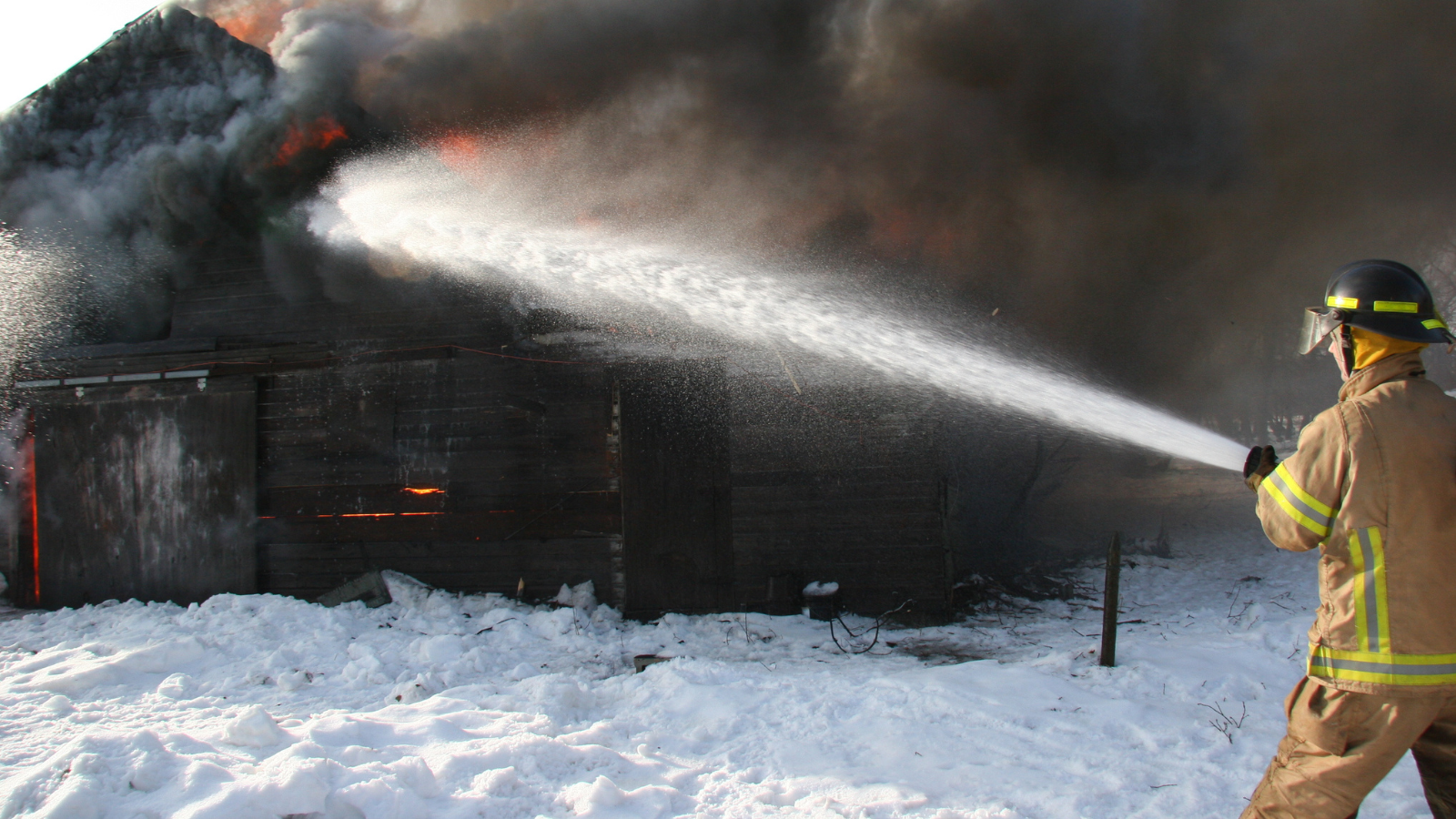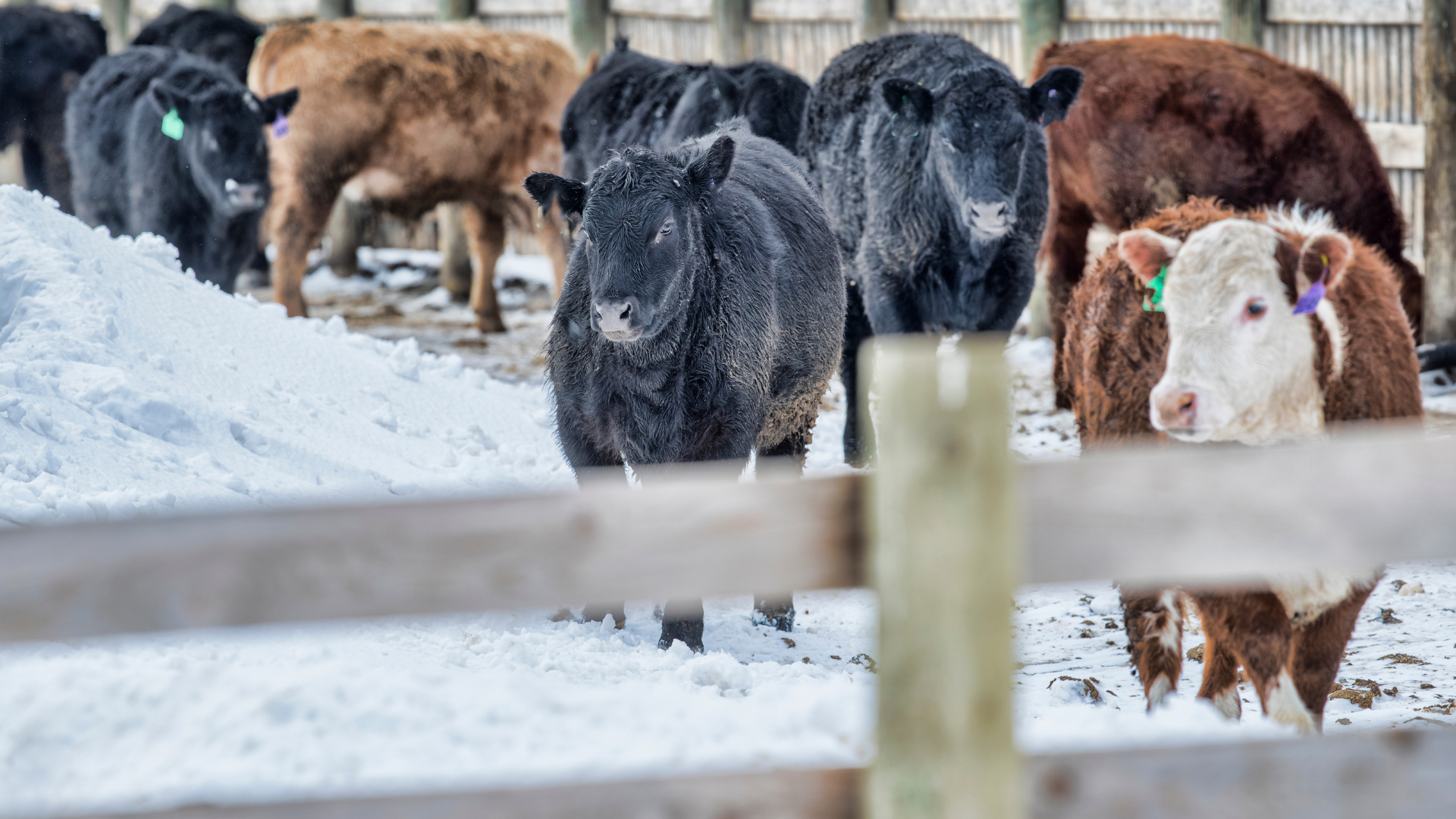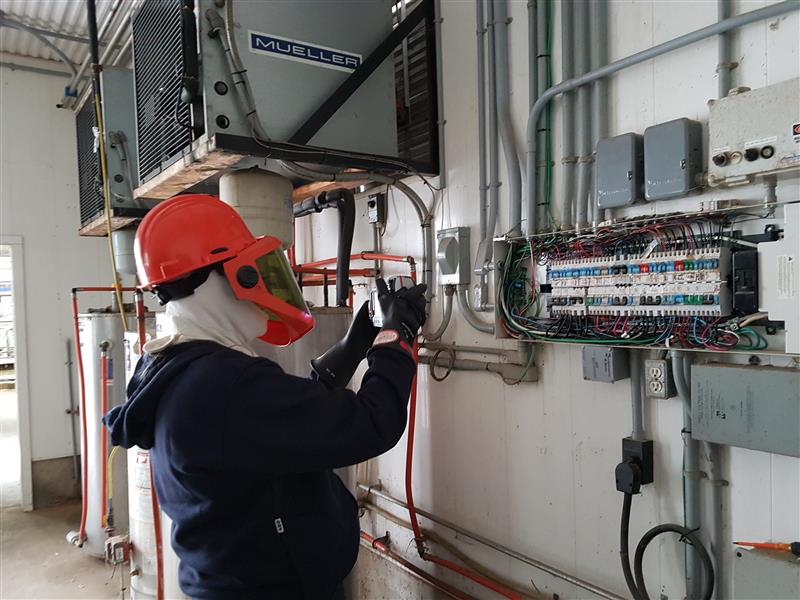The fact that farms rely heavily on electricity makes them high-risk environments. Understanding these risks and how to prevent them is essential for a farm’s success. Fortunately, Agricultural Electrical Monitoring Systems (AEMS) can help detect and prevent issues before they become dangerous and costly. Let’s explore the top three electrical risks on farms and how AEMS can help mitigate them.
1. Installation Errors
Improper electrical installations can create unsafe conditions. This leads to short circuits, faults to ground, or overloaded circuits. These common errors may not be obvious at first but can increase the risk of fire if not addressed.
Common Installation Errors
- Improper Grounding – eliminating leakage to ground ensures your electrical system is functioning properly.
- Overloaded Circuits – farms often increase electrical usage without upgrading wiring or panels, leading to major issues.
- Alterations to wiring system – this allows rodents to enter areas of wiring systems and cause damage to electrical components if not performed to code.
- Loose or Poorly Connected Wires – vibrations, weather exposure, or poor installation can loosen connections, causing heat build up, and potential fires.
- Using Underrated or Improper Wiring – Undersized wires or poor insulation can overheat, igniting hay, dust, or wood often found in barns.
2. Wear and Tear
Over time, electrical components degrade and become exposed to the elements. Frayed wires, deteriorated insulation, and loose connections can create resistance, which leads to overheating and potential electrical fires.
AEMS Helps Identify
- Frayed Wiring – Constant exposure to moisture and soil movement can cause insulation to break down, leading to short circuits or electrical faults
- Overheating Motors in Grain Dryers – Dust build up and continuous operation can cause motors to overheat, reducing efficiency and increasing fire risk.
- Corroded Electrical Connections – Humidity and ammonia in barns cause corrosion, leading to poor conductivity and failures.
- Aging Circuit Breakers – Power surges and heavy loads weaken circuit breakers over time, reducing their ability to prevent overloads and fires.
3. Corrosion & Water Damage
Moisture and corrosion are common in farm environments, particularly in barns and outbuildings. Here, humidity and condensation can damage electrical panels, outlets, and wiring. This can lead to faults to ground and short circuits.
Common Spots Found
- Electrical Panels – High humidity, condensation, and ammonia from manure can corrode wiring and panel components, increasing fire risk.
- Well Pumps and Irrigation Systems – Constant exposure to moisture and fluctuating water levels can deteriorate electrical connections.
- Control Panels – Dust, humidity, and temperature changes can cause corrosion inside electrical enclosures, potentially leading to failures or fire hazards.
- Storage Sheds – Poor ventilation and leaks allow water to collect near electrical tools, chargers, or wiring, increasing the risk of short circuits and fires.
Proactive Farm Safety with AEMS
Ignoring your farm’s electrical health can lead to costly damages, safety risks, and farm downtime. Investing in an Agricultural Electrical Monitoring System (AEMS) offers a proactive solution to monitor, detect, and prevent these dangers.
Want to improve farm safety?
Share this article to spread awareness about electrical hazards in agriculture.
Consider installing AEMS to protect your farm from electrical failures.
Stay ahead of risks and safeguard your farm for the future!
Have questions? Discover more about AEMS and vendors in your area on our website.





